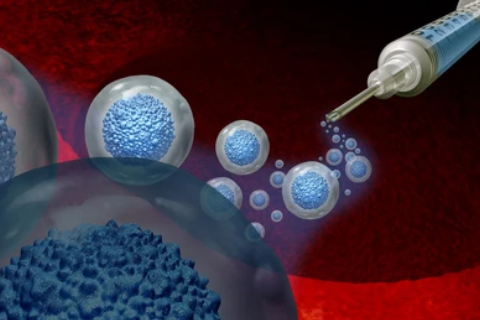The usual job of joint cartilage is to promote smooth movement of joint surfaces and protect bones from friction. This process allows for shock absorption of up to 20 times the weight of the body. It’s essential to physical movement, especially in athletics.
Stem Cell

Stem Cell
Stem Cell
Osteoarthritis is one of the most common chronic degenerative disorders and it very often affects the knee, causing deterioration of its joint cartilage over time.
Osteoarthritis can also begin as a result of a knee injury, such as a ligament tear, tendon damage, or a fracture.
In the face of damage, the joint becomes unstable and this wears down the articular cartilage. From there, the bone can suffer damage as well, in addition to the synovial joint lining, tendons, ligaments, and muscles.
Stem cell therapy for knees is minimally invasive. It’s a procedure that can decrease inflammation, slow and repair all these forms of damage from arthritis, and delay or prevent knee replacement surgery.This regenerative therapy is used to replace, regenerate and repair damaged tissue. Stem cells are located throughout the body and have the potential to divide, duplicate, and develop into different types of cells, such as a cartilage cell or a bone cell. When stem cells are placed into a certain environment, they transform to accommodate the need. For instance, when stem cells are placed near damaged cartilage, they develop into cartilage tissue. Stem cell therapy is a minimally invasive procedure that has the potential to repair joint cartilage whilst avoiding surgery. This form of therapy is effective for spinal cord injuries and osteoarthritis in the knee, hips, etc.







